Homolovi State Park, Winslow, Arizona
A false witness will perish, and whoever listens to him will be destroyed forever. ~ Proverbs 21:28
Getting In A Scrape 04/26/20
Homolovi State Park, Winslow, Arizona
A false witness will perish, and whoever listens to him will be destroyed forever. ~ Proverbs 21:28
This Sunday found us once again attempting to worship from our sofa. We’re grateful for the technology that allows us to do that, but it’s just not the same at all. Today’s message was presented by the pastor from our church’s Cuyahoga Falls campus.
To keep me from becoming conceited because of these surpassingly great revelations, there was given me a thorn in my flesh, a messenger of Satan, to torment me. Three times I pleaded with the Lord to take it away from me. But He said to me, “My grace is sufficient for you, for My power is made perfect in weakness.” Therefore I will boast all the more gladly about my weaknesses, so that Christ’s power may rest on me. That is why, for Christ’s sake, I delight in weaknesses, in insults, in hardships, in persecutions, in difficulties. For when I am weak, then I am strong. ~ II Corinthians 12:7-10
There are times in our lives, when circumstances are out of our control. This whole COVID-19 pandemic is one of those times. It’s not caused by anyone. And we’re helpless to do much to fight it.
It’s times like this that we can be grateful to have Him to turn to. It’s times like this that we can rely on Him. His grace is sufficient to carry us through, and His power – – His ability to carry us is more evident when we are weak, than when we are strong.
Oftentimes, when we glide along in life and things are going well, we begin to become prideful and feel like we can do it ourselves. That’s why God sometimes allows hardships in our lives. So we turn to Him. So He can prove Himself to us, and to others through us. This is what the apostle Paul, is referring to.
Our attitude should never be to make God an “add-on” to our lives. He should be the center focus of our lives. And Paul, in essence, is saying, “If this thorn keeps me focused and reliant on You, then let me keep it.” Wouldn’t it be wonderful if we all felt that way? I think God would be pleased with that attitude.

We’re beginning to slow down as the temperatures start to rise around here.

Looks like sitting in air conditioning and not much exercise to me.
This morning, we walked the trail that we started on the other day – the “Path of the Rattlesnakes”, and then connected with Dine` Point. It was an easy walk. Or at least it was supposed to be. Until Blaine decided he needed to climb to the top of the hill, and I decided I needed to follow him.

Pretty strange grouping of sticks then . . . I have no other explanation.

but it’s actually just the way the rock looks!

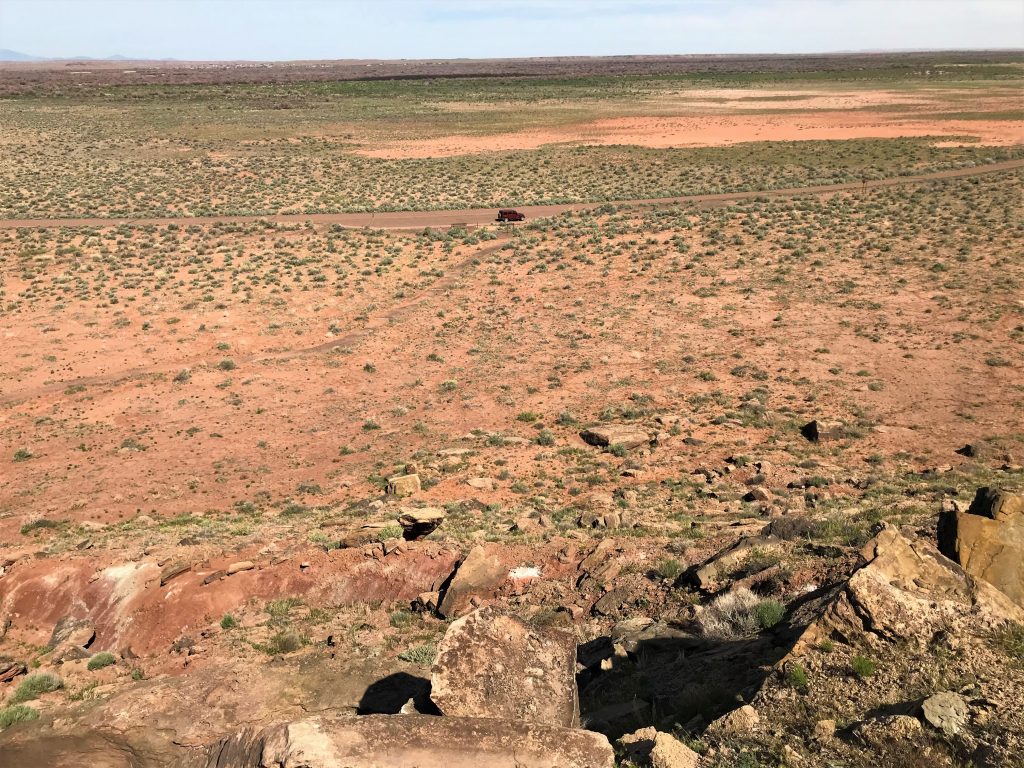
They don’t warn you around here, about the rocks that jump out and bite you.
And why is it always me (and my left side) that finds trouble?

It was right after this, a rock jumped out and slashed my leg!

Actually, it looks worse than it felt.



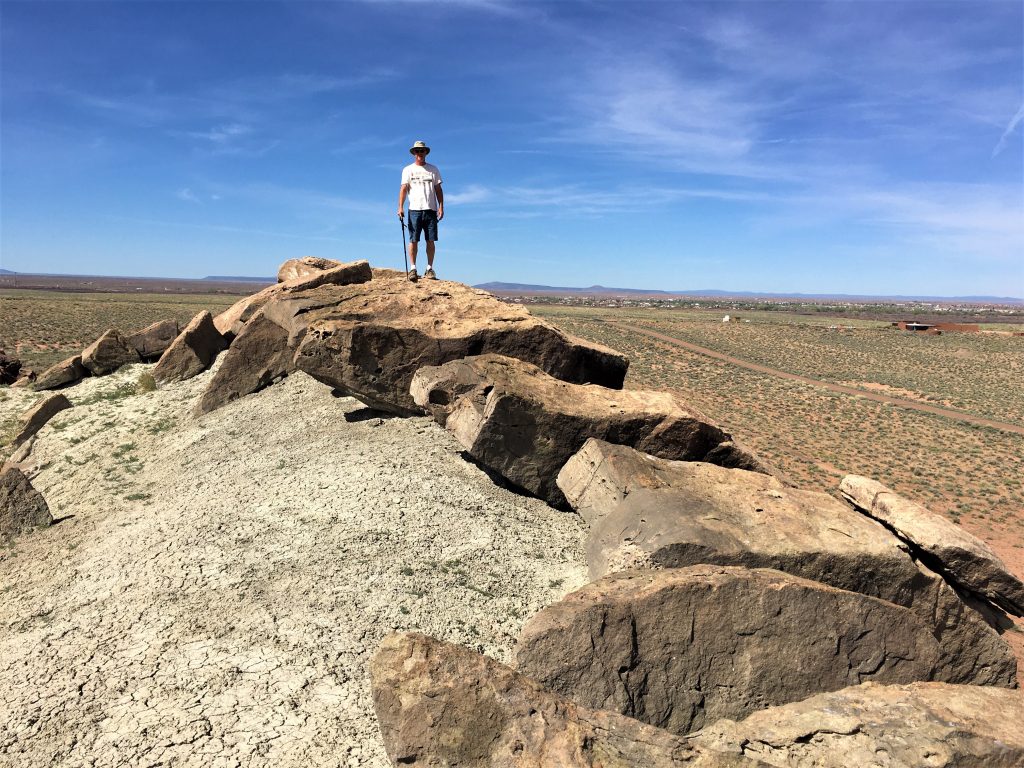

I refused to go down the hill the way we’d come up, so Blaine followed me this time, down the back side. Much better!

On through the desert to Dine` Point, where we were blessed with 360⁰ views!


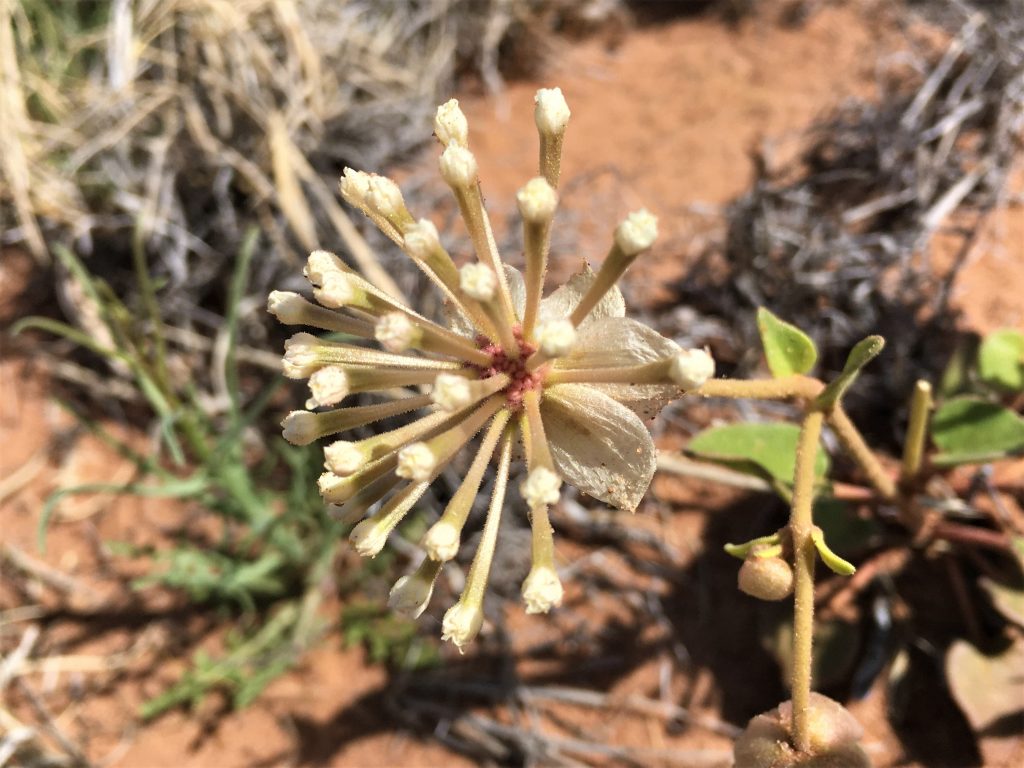







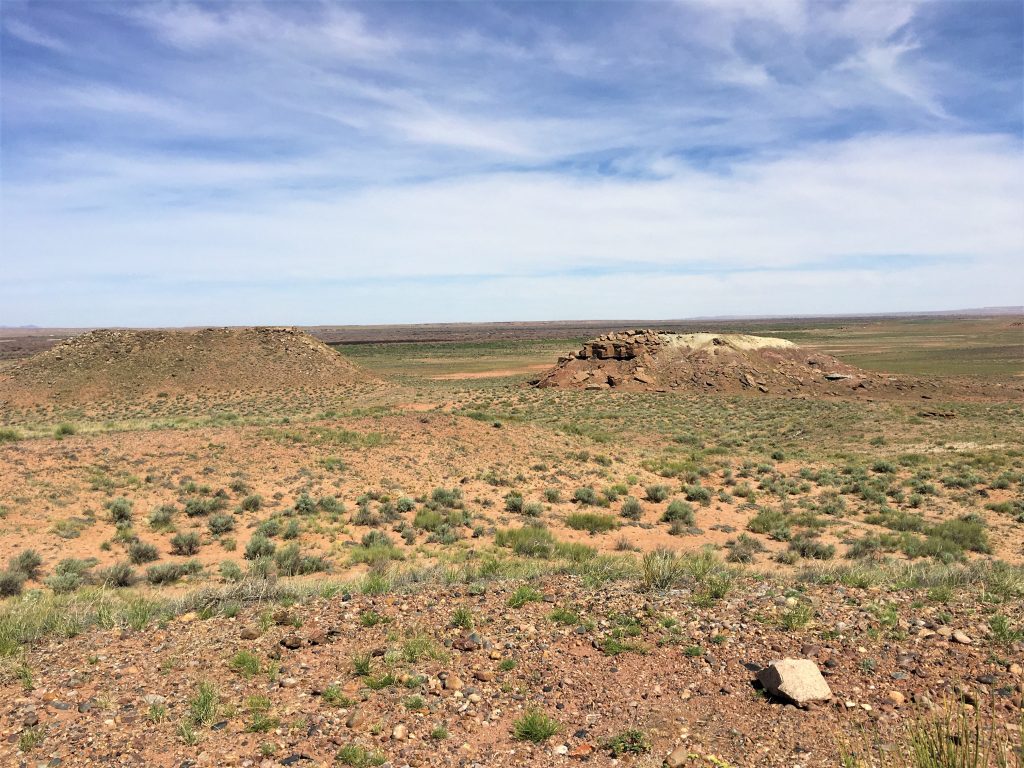

Looks really close, doesn’t it? : )








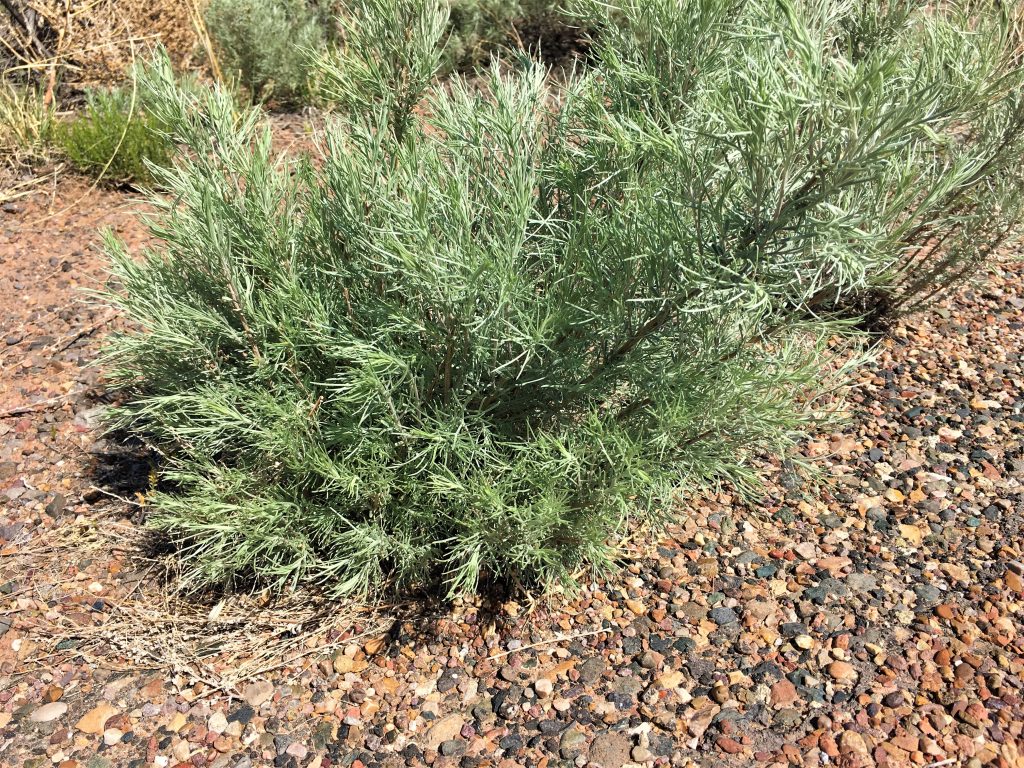
And then a short Jeep ride, until we reached the end of the road.






Don’t tangle with that bull! He has horns!


We never knew female cows could have horns!

Can you find him?


Later in the evening, after dinner, when it’d cooled off some, we took a walk almost to the Visitor Center before we turned around. And we saw Black-tailed Jackrabbits! These bunnies are so large, the first one Blaine noticed, he thought might be a coyote, plus, they have a long black tail! Pretty cool things, these rabbits!

Can you see him in the blur of the zoomed in picture?

Did you see the second one?
We didn’t realize it was there until we looked at the picture later. : )



And you know me . . . when I see something cool, it often leads to research. 😊
The black-tailed jackrabbit has long ears with black tips and very long front and rear legs. It is about 18-24 inches long and weighs four to eight pounds. It has peppery brown fur and a black stripe that runs down its back. The black-tailed jackrabbit is not really a rabbit; it is a hare because its young are born with fur and with their eyes open. Males and females look alike, but females are usually larger.
The black-tailed jackrabbit mates year-round. Males and females will leap after and chase each other during mating season. The female black-tailed jackrabbit can have as many as four litters a year. The young are born in a fur-filled depression. Most litters have between three to four young. The female will move the babies to separate locations to make them less vulnerable to predators. The babies only nurse for three to four days and are independent by the time they are a month old.
The black-tailed jackrabbit rests during the day and feeds in the late afternoon and the night. In the summer it eats a wide-variety of green plants. A favorite food is alfalfa. In the winter it eats dried and woody plants. The black-tailed jackrabbit gets most of the water it needs from the plants it eats.
The black-tailed jackrabbit can run at speeds of up to 30 miles an hour and it can jump about 20 feet. When it is trying to evade predators like coyotes, foxes, bobcats, badgers and weasels, it moves in a zig-zag pattern. It flashes the white underside of its tail when threatened by a predator. This warns other jackrabbits of danger and can also confuse the predator. It can also swim by dog-paddling with all four of its feet. It is most active at night. It usually spends the day resting in a scraped-out hollow in the shade. ~ nhpbs.org
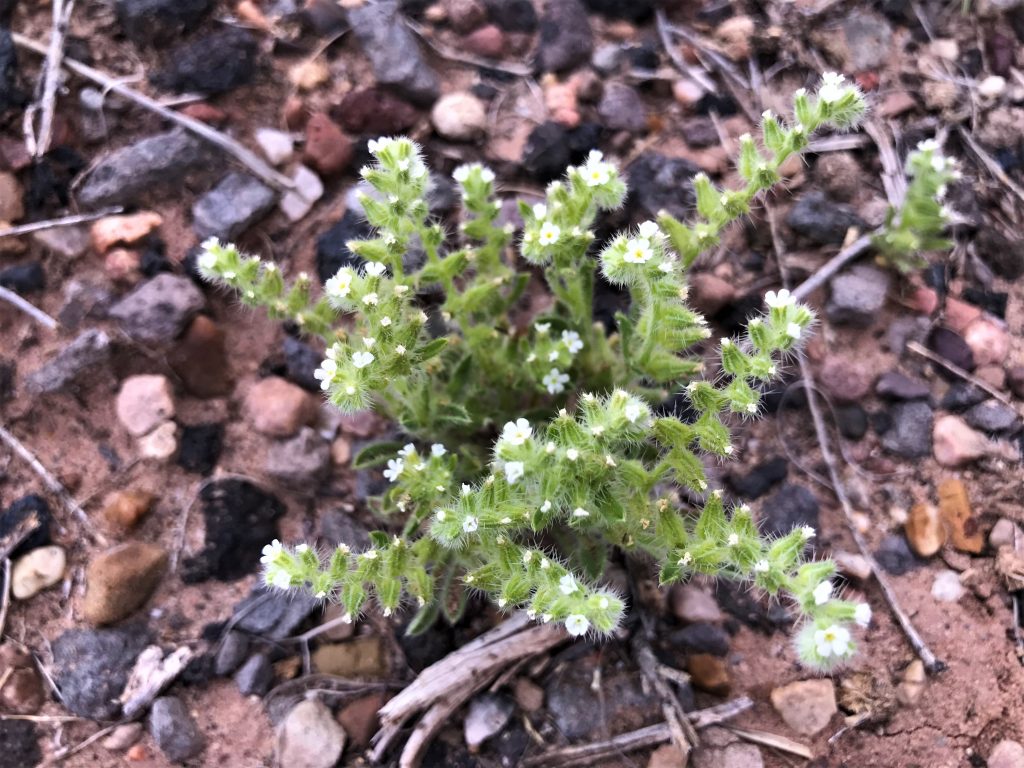

We were surprised by a gorgeous sunset tonight! So often around here, it looks promising and then fizzles out to nothing. But not tonight!


